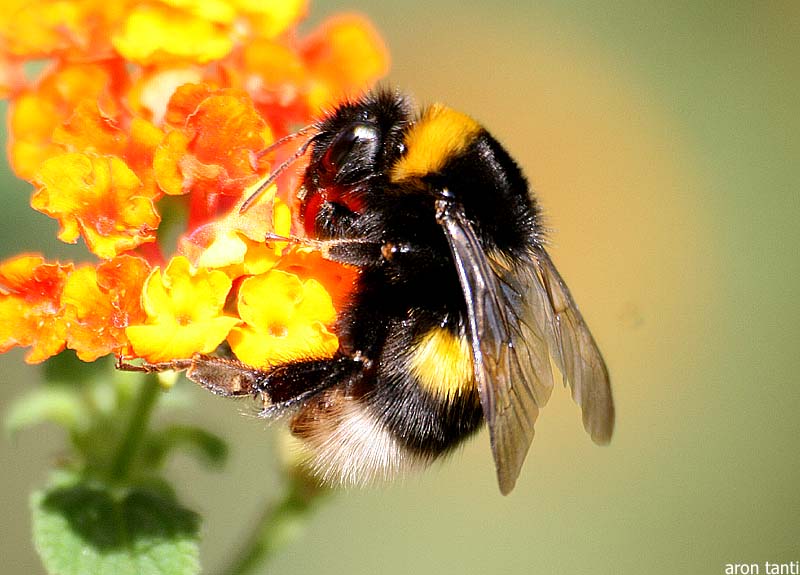-
Tips for becoming a good boxer - November 6, 2020
-
7 expert tips for making your hens night a memorable one - November 6, 2020
-
5 reasons to host your Christmas party on a cruise boat - November 6, 2020
-
What to do when you’re charged with a crime - November 6, 2020
-
Should you get one or multiple dogs? Here’s all you need to know - November 3, 2020
-
A Guide: How to Build Your Very Own Magic Mirror - February 14, 2019
-
Our Top Inspirational Baseball Stars - November 24, 2018
-
Five Tech Tools That Will Help You Turn Your Blog into a Business - November 24, 2018
-
How to Indulge on Vacation without Expanding Your Waist - November 9, 2018
-
5 Strategies for Businesses to Appeal to Today’s Increasingly Mobile-Crazed Customers - November 9, 2018
Research Links Climate Change to Bumblebee Decline in North America and
A third of North American species were in decline and some populations had crashed by more than 90 percent, she said.
Advertisement
Bumblebees are losing the southernmost portion of their ranges amid rising temperatures, but unlike other species they have not moved further north into more hospitable territory.
“Picture a vice. Now picture the bumblebee habitat in the middle of the vice”, said lead author Jeremy Kerr, a professor of macroecology and conservation at the University of Ottawa.
The bees” decline in the south and their inability to move north “may be operating across two continents to crush bumblebee species in a kind of climate vise, ‘ said Kerr.
In a new study released on Thursday as a report in the journal Science, researchers have proved that climate change has had a huge impact in the decline of bumblebee species across North America and Europe.
“Bumblebees are declining incredibly fast and the fingerprints of human-caused climate change are all over these changes”, Kerr added.
These losses have resulted in a loss of 9 km per year or around 300 km in total from the traditional southern habitats of bumblebees.
“As the climate warms, bumblebee species are being crushed as the climate vise compresses their geographical ranges. We’re talking about large changes in community composition of essential pollinators over just a few decades”. “But we know that increasingly frequent weather extremes, like heat waves, can hit bumblebee species hard, and climate change poses threats that are already being felt”.
For this reason they may not be so able to adapt to warmer temperatures. Basically it’s about the pollination of some of our most popular plants.
The steep decline of bumblebees on a continental scale threatens food security and the economic viability of some crops, the researchers said. “Bumblebees are crucial to our natural ecosystems”.
So called “assisted migration” is controversial among conservationists but gaining support in a warming world.
One hopeful note is that, while bumblebees were not extending the northern end of their range, some were heading for the hills and cooler, higher altitudes. “They may be running out of options”.
Advertisement
“Governments need to up their game on climate so we don’t put our bees out of business”, Paul de Zylva, senior nature campaigner at Friends of the Earth, said in a statement.




























